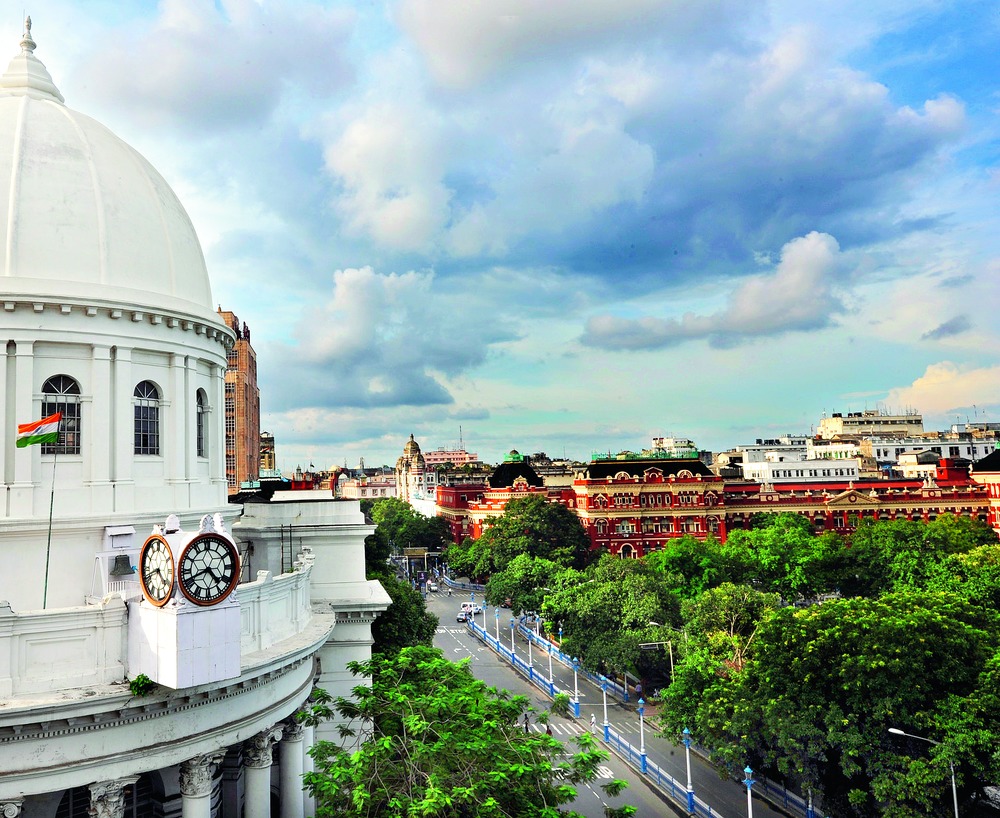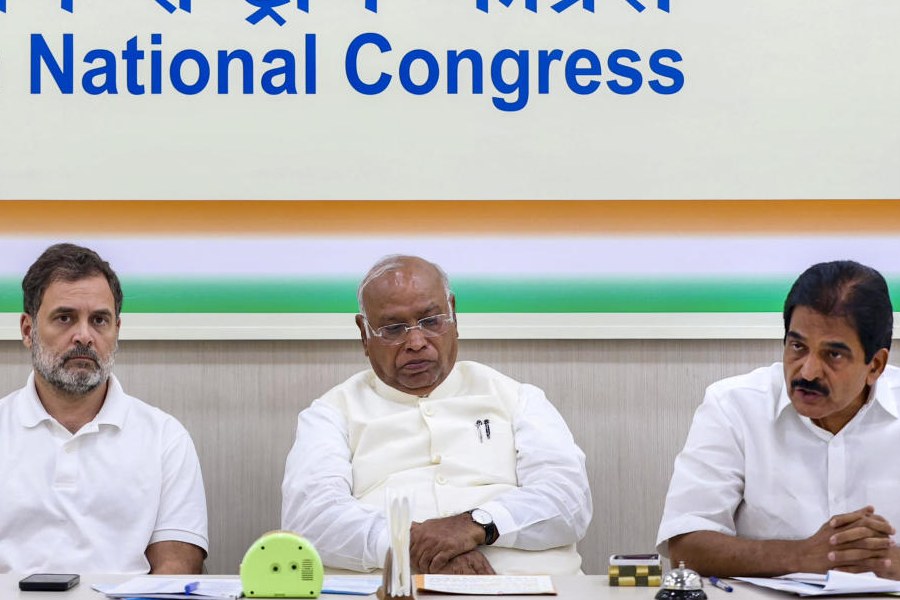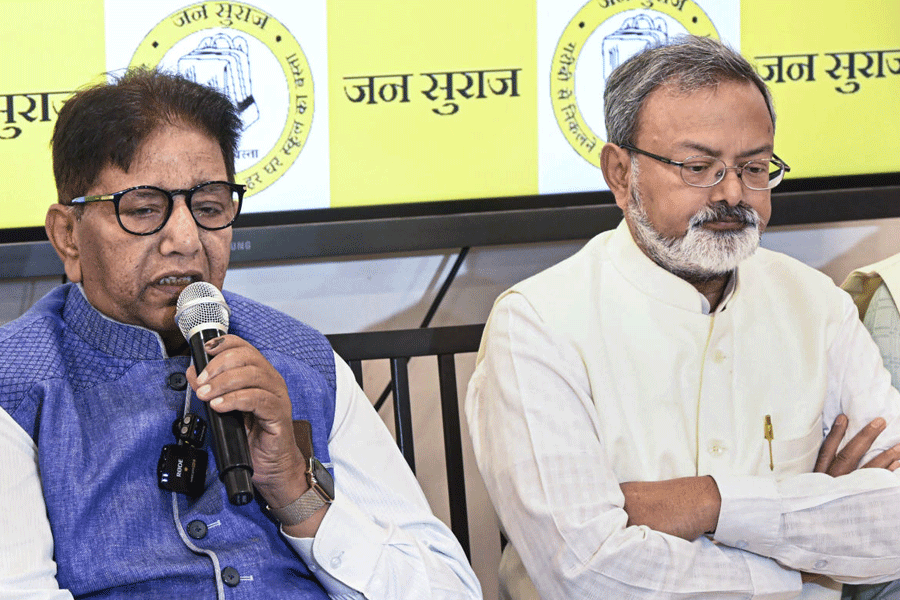
A book by a noted historian that was among the first to call to question the notion that Job Charnock was Calcutta's founder is back in print after many years.
Nisith Ranjan Ray in Calcutta: A Streetside Story writes: "He (Charnock) was nowhere in the picture when the Savarna-Chaudhuris were assigned the job of revenue collection or the Seth-Basaks staked their commercial fortunes on this site or when the place itself was well on its way to becoming a popular religious centre."
The slim volume was published jointly by the State Bank of India and the Oxford University Press in 1991, a year after Calcutta's so-called tercentenary was celebrated with pomp and show.
It was only in 2003 that Calcutta High Court had ruled that Charnock was not the city's founder and his "landing" on August 24, 1690, could not mark the city's birthday.
Ray, who had taught in various colleges and Calcutta University and was also secretary and curator of the Victoria Memorial Hall for more than a decade, wrote that streets "recall the past events and episodes which are part of history itself". He contends: "It will be evident that the site from which the future city of Calcutta was to emerge was already showing signs of steady progress in the days before Charnock landed in Calcutta or had even thought of doing so."
The historian summarily dismisses Rudyard Kipling's theory that Charnock's landing was "chance-directed" or that Calcutta was "chance-erected." He stresses Charnock's landing at Sutanati was "deliberate" for commercial and logistical reasons, which he went on to elaborate. However, in his opinion, the putative date of Charnock's landing is "overwhelmingly important" for "The dates anterior to this are at best conjectural."

Ray traces the metamorphosis of the British from "quiet" traders to rulers of the vast sub-continent, sweeping aside the other foreigners in the fray such as the French, the Dutch and the Danes and consolidated its power as the provincial government and one in Delhi were too weak to resist its progress.
After the battle of Plassey (1757), the tables were turned, the English became the de facto rulers of India, "With the restitution money Calcutta was rebuilt." A new fort, Writers' Buildings, the Government House and the shipyard in Kidderpore were constructed. "From 1757 Bengal became a helpless victim of 'Plassey Plunder'". By 1803, "The town of Calcutta is at present worthy of being the seat of our Indian government...", but the Native town "lagged behind its European counterpart in outward embellishments."
As the city flourished, "Equally significant was the emergence of the city as a seat both of commerce and culture." However, after Partition and the violent birth of Bangladesh, "Calcutta was inevitably the worst victim."
In the second section of the book, Ray takes readers for a walk down the streets, beginning with the oldest, that is Chitpur, pointing out the landmarks and relating their history and other interesting titbits. While walking down Dalhousie Square, he writes: "If one site in Calcutta deserves to be treated as 'conservation area', the claim of BBD Bag is difficult to ignore."
The appeal fell on deaf ears. Even back then, Ray had lamented the disappearance of many grand old structures, for they make "the city, viewed from the historical perspective, distinctly poorer".
The text is accompanied by maps and pictures of Calcutta past and present. In conclusion Ray writes: "The streets are the best media to know and 'feel' the city. And to know and 'feel' Calcutta is to love it." Now they are best avoided by the faint of heart.










